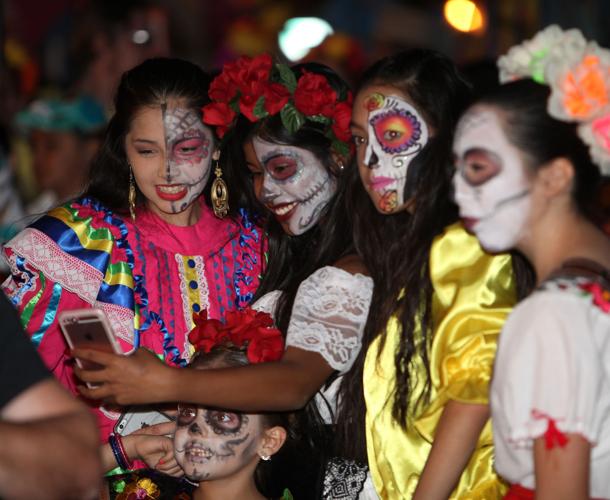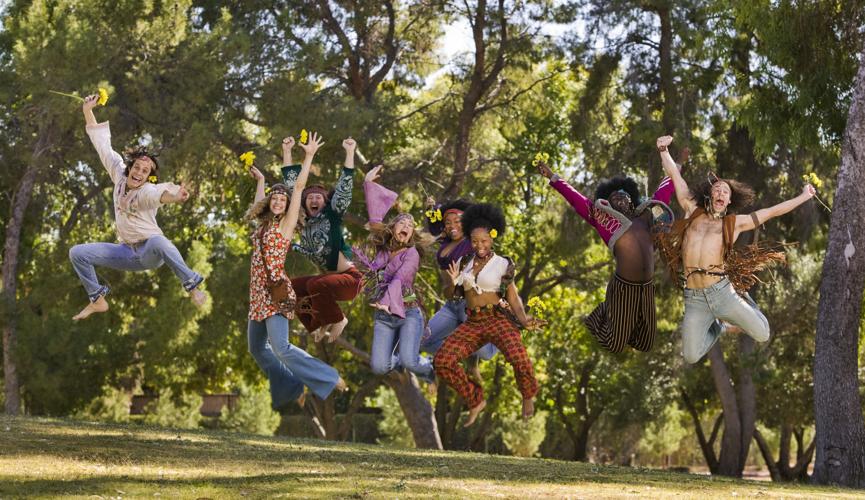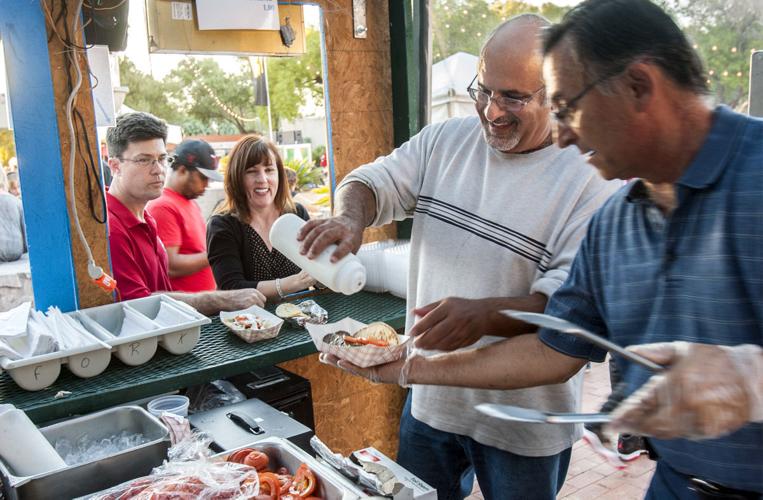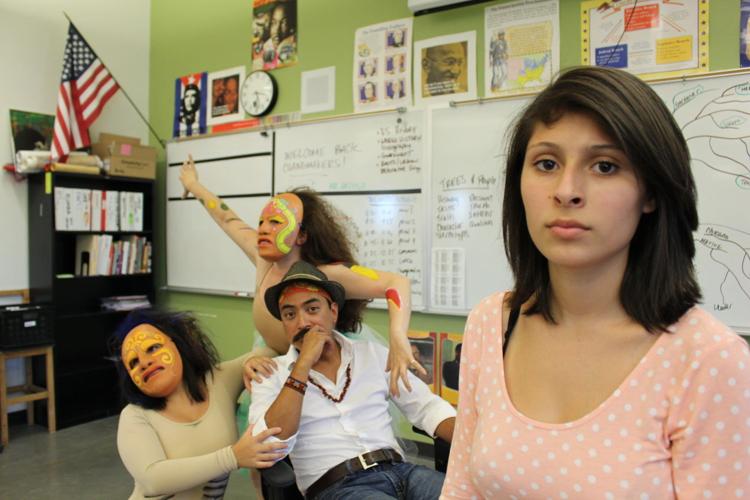For years, the conservative Heritage Foundation has recommended eliminating government spending on the arts.
This year it may get its way.
A new federal budget proposal is expected about April, and among those helping design it are one-time Heritage Foundation workers. Funding for several arts-related entities, including the National Endowment for the Arts, which awards grants to arts organizations and artists, is on the chopping block. The NEA’s annual budget is $148 million — 0.012 percent of the federal discretionary budget.
The potential loss of funds worries some Tucson art organizations.
Since 1998, the NEA has poured close to $5 million into Tucson-area arts nonprofits. Among them:
- A little more than $150,000 to the University of Arizona Poetry Center, with most of that supporting the visiting poets series.
- $100,000 to the La Frontera Mariachi Conference.
- $10,000 to Many Mouths Many Stomachs in support of the massive All Souls’ Procession.
- $155,000 to the Southwest Folk Alliance for the annual Tucson Meet Yourself festival.
The $10,000 grant Many Mouths Many Stomachs won last year meant that some of the artists who conducted the workshops leading up to the event could be paid, said Paul Weir, grants administrator for the organization.
The money, he said, “gives us that much more room to create and deepen the impact of the event.”
NEA funds account for about 10 percent of the Tucson Meet Yourself $350,000 budget, said Maribel Alvarez, executive director of Southwest Folklife Alliance.
“The whole idea of cultural equity, and reflecting on who we are, what it means to come together where our cultural differences don’t matter — all those values are possible through the support of everyone, especially the NEA,” said Alvarez.
The loss of NEA funding may not be the death knell for local arts groups, but it would likely have an impact on what can be done.
In addition to direct grants to Southern Arizona groups, the NEA annually supports the Arizona Commission on the Arts — that’s $833,000 this fiscal year. That money is matched by the state, which is then disbursed to nonprofit arts organizations, including the Arts Foundation for Tucson and Southern Arizona, which awards grants to individual artists and groups.
“The grants through the (Arizona Commission on the Arts) impact our general funding, which allows us to do a season every year,” said David Ira Goldstein, artistic director of Arizona Theatre Company.
Direct grants from the NEA for specific projects mean the company can take artistic chances and serve more diverse audiences, Goldstein said. Those grants have totaled a little more than $600,000 in the last two decades.
NEA grants have allowed ATC to bring theater education programs to Santa Cruz and Cochise counties, underwritten new plays, and establish a Latino playwright mentorship program.
The government money isn’t huge, but, Goldstein said, “It’s the Johnny Appleseed of the arts. It’s not the big money, but it’s the money that allows us to grow and flourish.”
Funds from the NEA are also motivation for private granting organizations, said Tyler Meier, director of the UA Poetry Center, where the grant money has been used to expand education programs in K-12 schools, and to pay visiting poets.
“We can attribute a fair amount of our success to NEA support, and how it leads to other support,” Meier said. “When we get $10,000 from the NEA, it attracts other meaningful support” from individuals and private philanthropic groups.
Borderlands Theater has received $135,000 in NEA grants over the past two decades. Though not an exorbitant amount, Executive Director Marc Pinate said the money has a huge impact on the company.
“It really allows us to keep our ticket prices low, or to offer special rates, or bring high school students in for a performance free of charge.”
“Along with making our programs more accessible to diverse communities, they fund the creation of new works,” he added.
Bob Booker, executive director of the Arizona Commission on the Arts, is optimistic that funds will continue to be directed toward the arts.
“Our friends in Congress still remain solid supporters of the arts and the NEA,” Booker said.
It’s not just because they support the arts, but because they are aware of the economic impact they have on Arizona, he said.
According to a 2013 study done by the Arizona Commission on the Arts, the arts have a $581 million impact on the state. That’s not a number Arizona representatives can ignore, he said.
U.S. Rep. Raúl Grijalva is clear about his support. “Arts and humanities are reflections of the health of our democracy,” the Tucson Democrat recently wrote in an editorial for The Hill.
Tucson Republican Rep. Martha McSally wasn’t available for an interview, but her spokesman said in an email, “As in years past, Rep. McSally will thoughtfully consider all proposals contained in the administration’s request for how they affect Southern Arizona when the House begins its appropriation process later this year.”
Republican Sens. Jeff Flake and John McCain did not respond to requests for comments on the NEA.
The absence of vocal support may be why arts lobbyists and advocacy groups are gearing up for a fight.
Catherine “Rusty” Foley, executive director of the arts advocacy group Arizona Citizens for the Arts, was recently part of a group that went to Washington, D.C., to talk to Arizona’s delegation about the arts in the state. The group’s approach is to drive home the economic impact the arts make in Arizona.
If the federal arts support is lost, Foley said, “the dollars will make little difference in reducing the deficit, but they will make a huge difference in the community.”
The economic development argument is one arts groups make every year. But it’s not the sole reason government support of the arts is necessary, said Debi Chess Mabie, executive director of the Arts Foundation for Tucson and Southern Arizona.
“There’s an even more important value,” she said. “The arts create a sense of humanity, a sense of belonging, a sense of connectedness, curiosity, creativity — all the things that make us human and compassionate and innovative, that allow us to grow as a society. That is the true value of the arts.”







